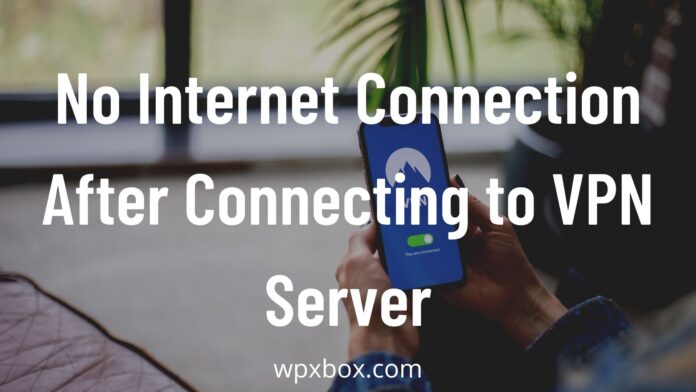

Find another hotspot or network, if you can, and try connecting from there instead. If you're not connecting from your regular network - maybe you're using a public hotspot you've never used before - then it's possible it's set up differently, or maybe it's trying to block VPNs entirely. Connect from a different network or access point
#Surfshark vpn no internet connection install
Do a proper clean reinstall where you uninstall the app, reboot and then install the new one.
#Surfshark vpn no internet connection windows
Check this out by removing or uninstalling your VPN, then downloading and reinstalling the latest version.ĭon't take any shortcuts, especially on Windows - for instance, trying to install the new app over the current version. If your VPN won't connect, this could indicate that your app has a bug, or maybe its setup is corrupted.

But if the second device works as usual, it looks like the problem is somewhere on your original hardware. If you can't connect from that, either, that suggests there's a network issue between you and the VPN, or maybe a VPN outage.

Try connecting to your VPN from a different device, if available. IPVanish is a great example, and its page is replete with performance charts showing servers online and details on any current outages. Check your provider's status page, if it has one (check social media if it doesn't) for any updates. VPN connection issues could be down to a wider problem with your provider's network, rather than any issue with your setup. Ideally we'd recommend trying to connect using at least OpenVPN, then IKEv2 or WireGuard, but if you don't have these, just choose a couple of options from your app's list. If your app has some (and not all do), you might see options like OpenVPN (maybe with UDP or TCP flavors), WireGuard, IKEv2, L2TP and more. Open your app Settings box and look for protocol-related settings. Your VPN's protocol defines how it connects to servers, and some protocols are more reliable than others.


 0 kommentar(er)
0 kommentar(er)
